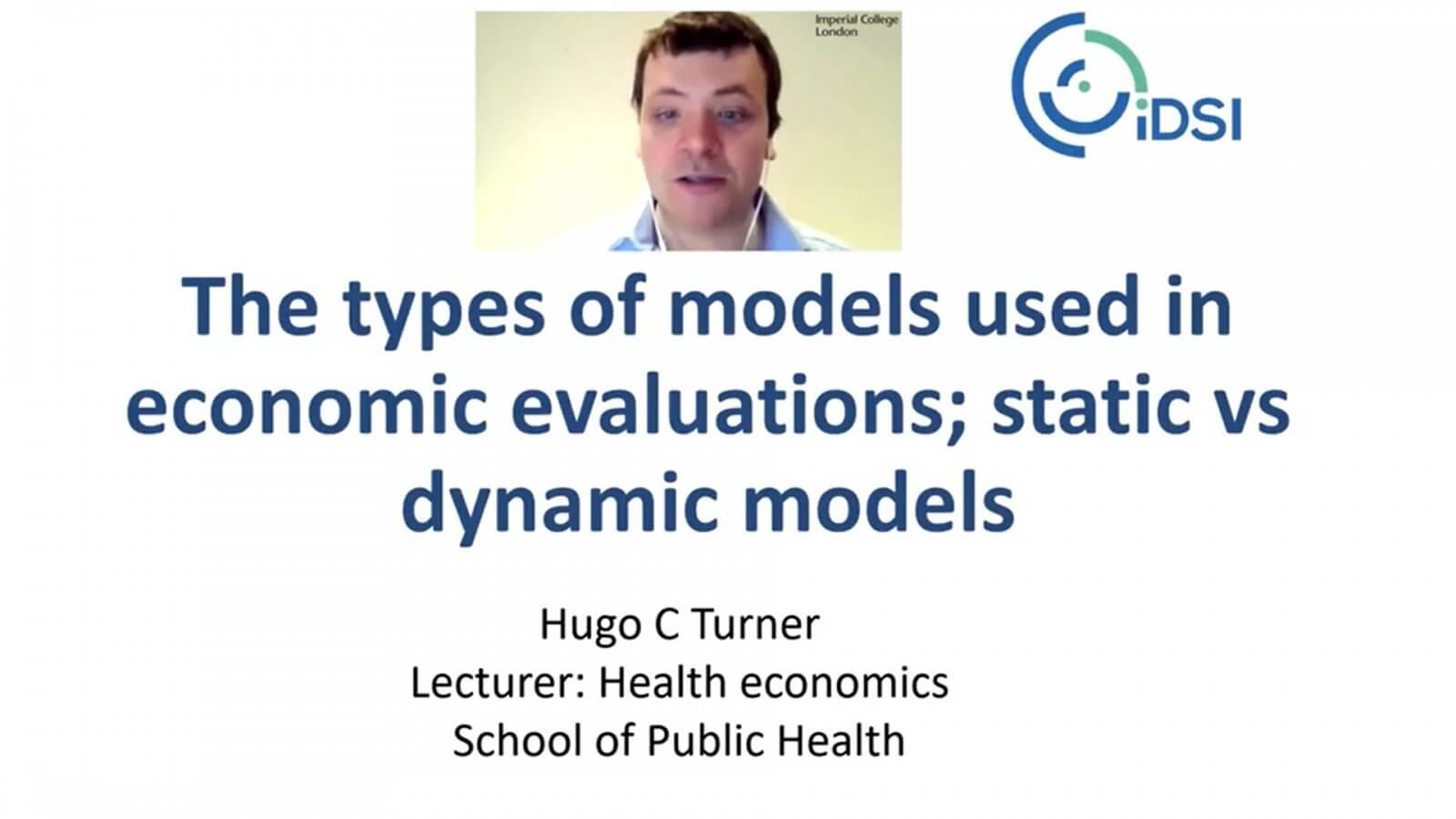Mathematical models are regularly needed to evaluate the impact of public health interventions and are often needed to perform economic evaluations. They are therefore an important element of priority setting and health technology assessments. Consequently, it is important to understand the key features, strengths and weaknesses of the different types of models used in this area. In particular, when evaluating interventions against infectious diseases a key consideration is whether the model is static or dynamic. In this video, Dr Hugo Turner introduces the main types of models commonly used in economic evaluations and discuss when and why it can be important to use a dynamic transmission model.
